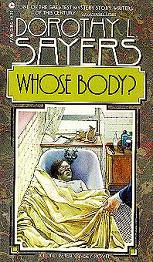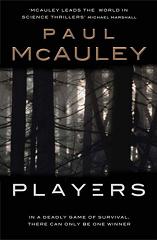
Killing for England
Iain McDowall
305 pages
published in 2005
I picked up this book because I thought it was by a writer I sort of knew, then kept looking when it became clear McDowall wasn’t the writer I was thinking of, because the back cover blurbs compared him favourably to Ian Rankin. That intrigued me enough to read the first few pages and those few pages in turn hooked me and got me to take the book out of the library. For once, the blurb writers had done their work well, though the comparison to Rankin turned out to be only superficial.
Like Rankin, McDowall has a gritty, older detective as his hero, Chief Inspector Jacobson, somebody, again like Rankin’s Rebus, who does not sit well with his police force’s hierarchy. Like Rankin, McDowall has a good eye for the politics of policing as well. Where they differ is in the setting: Rebus polices gritty, urban Edinburgh, while Jacobson patrols fictional, small town English Crowby. Jacobson is also less cynical, less worldweary than Rebus, more idealistic perhaps. McDowall, on the strength of Killing for England at least, is no Rankin clone, but won’t be a disappointment for those looking for a similar sort of writer.


